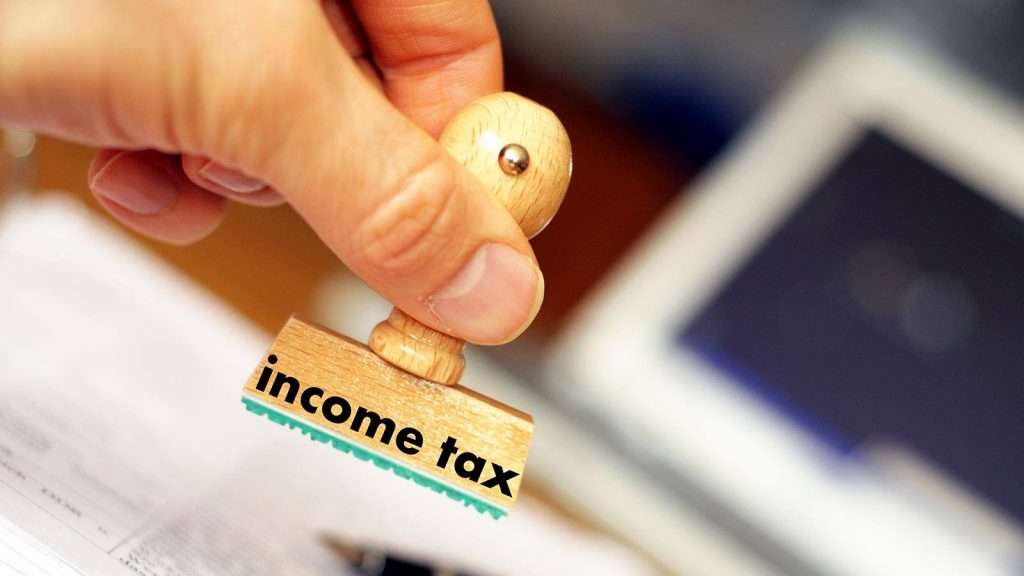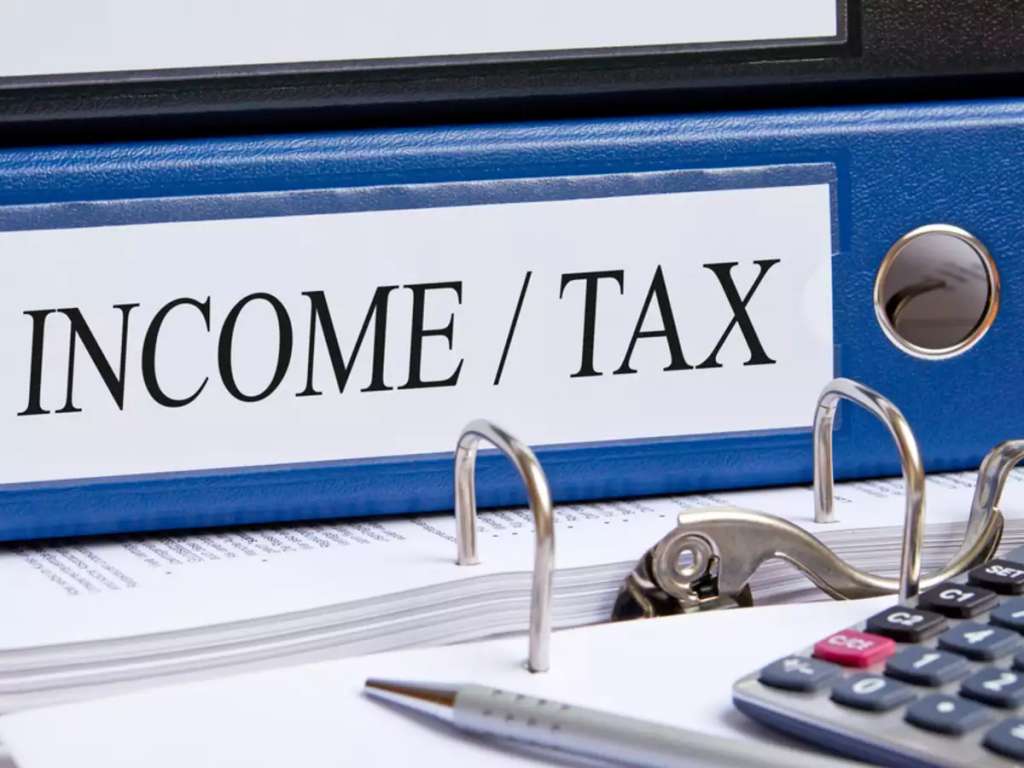30th November 2020 is the latest day for Income Tax Return Filing for AY 2019-20 (FY 2018-19).
Straightforward Taxation’ stage was dispatched by PM Narendra Modi on thirteenth August 2020 around 11 a.m., by means of video gathering. The stage means to eliminate any physical interface between the citizen and the income tax department.
All about Income taxes in India. here you go!
Income Tax in India: In India, taxes may be classified as direct and indirect taxes. Direct tax is a tax you pay directly to the government on your income. Indirect tax is a tax collected on your behalf by someone else and paid to the government, such as restaurants, theatres and e-commerce websites, to collect taxes from you on goods you buy or a service you use. In turn, this tax is passed down to the government. Direct taxes are categorised broadly as:
- Income Tax –This is taxes paid on the received income by an individual or a Hindu Undivided Family or any taxpayer other than businesses. The law lays down the rate at which such income should be taxed.
- Corporate Tax –This is the tax paid by companies on the profits they make from their businesses. Again, the income tax laws of India have prescribed a specific tax rate for corporations.
There are many forms of indirect taxes: service tax on restaurant bills and movie tickets, value-added tax or VAT on products such as apparel and electronics. A unified tax that has replaced all the indirect taxes that business owners have to deal with is the goods and services tax that was recently introduced.

Most recent News and declarations Income Tax
| Notice number and date | Depiction |
| Public statement dated 13 May 2020 | (a) The due date for the filing of AY 2020-21 income tax returns has been extended from 31 July to 30 November 2020.The due date has been extended from 30 September 2020 to 31 October 2020 for the tax audit stands. Likewise, the income tax returns submitted in connection with the tax audit are now due by 30 November 2020. (b) Reduction in TDS and TCS rates by 25% of the current rates, for payments made between 14 May work 31 March 2021. (c) All income-tax refunds pending shall be immediately released to non-corporate entities. (d) The final date for the completion of the time-barred assessments as of 30 September 2020 is extended to 31 December 2020. In the case of time-barred assessments on 31 March 2021, the time-limit has been extended to 30 September 2021. (e) The last payment date under the Vivaad se Vishwas Scheme has been extended to 31 December 2020 without additional amounts |
| 31 January | 31 March | 31 July | Oct – Nov |
| Deadline for submitting your investment evidence | Deadline for making investments pursuant to Section 80C | Last date for filing your tax return | Time to verify your tax return |
Basics of Income Tax
Everyone in India that earns or gets an income is subject to income tax. (Yes, be it a resident of India or a non-resident). Your income may be salary, pension or may be from a savings account that quietly accumulates an interest of 4%. Also, the ‘Kaun Banega Crorepati’ winners have to pay tax on their prize money. The Income Tax Department breaks down income into five heads for simpler classification:
| Head of Income | Nature of Income secured |
| Income from Salary | Salary and pension earnings are covered here by |
| Income from Other Sources | Income from interest in the savings bank account, fixed deposits, KBC winning |
| Income from House Property | This is mostly rental income |
| Income from capital gains | Income from the sale of capital assets such as mutual funds, equities, house properties |
| Income from Business and Profession | This is when you are self-employed, work or run a business as a freelancer or contractor. Life insurance agents, chartered accountants, doctors and lawyers with their own practise, teachers with tuition |
Income Tax Slabs
- Pay workers of up to 2.5 lakhs.
- Pay workers of between 2.5 lakhs and 5 lakhs.
- Pay workers of between 5 lakhs and 10 lakhs.
- Those acquiring more than Rs 10 lakhs.
| Range | Rate | Charge to be paid |
| Up to Rs.2,50,000 | 0 | No charge |
| Between Rs 2.5 lakhs and Rs 5 lakhs | 5% | 5% of your available salary |
| Between Rs 5 lakhs and Rs 10 lakhs | 20% | Rs 12,500+ 20% of salary above Rs 5 lakhs |
| Above 10 lakhs | 30% | Rs 1,12,500+ 30% of salary above Rs 10 lakhs |
This is the salary charge piece for FY 2017-18 for citizens under 60 years. There are two other assessment chunks for two other age gatherings: the individuals who are 60 and more seasoned and the individuals who are above 80.An expression of note: People frequently misjudge that on the off chance that they win suppose Rs.12 lakhs, they will be paying a 30% expense on Rs.12 lakhs i.e Rs.3,60,000. That is erroneous. An individual winning 12 lakhs in the reformist assessment framework, will pay Rs.1,12,500+ Rs.60,000 = Rs. 1,72,500. Look at the salary charge chunks for earlier years and other age sections.
One must remember that not everything pay can be burdened on piece premises. Capital increases pay is an exemption to this standard. Capital additions are burdened relying upon the advantage you own and how long you’ve had it. The holding period would decide whether an advantage is a long haul or present moment. The holding period to decide the nature of advantage likewise contrasts for various resources.
Occupants And Non-Inhabitants:
Toll of pay charge in India is subject to the private status of a citizen. People who qualify as an occupant in India must compensation charge on their worldwide salary in India for example salary acquired in India and abroad. While the individuals who qualify as Non-inhabitants need to pay burdens just on their Indian salary. The private status must be resolved independently for each budgetary year for which salary and duties are registered.
Note – At the point when it is obligatory to record return of salary?
It is compulsory to document the return of salary for an organization and a firm. Be that as it may, people, HUF, AOP, BOI are obligatorily needed to record return of pay if the salary surpasses premise exclusion breaking point of Rs 2.5 lakhs. This breaking point is diverse for senior residents and excessively senior residents.





